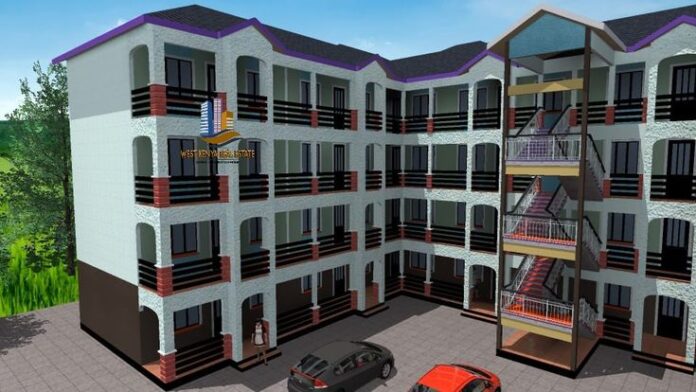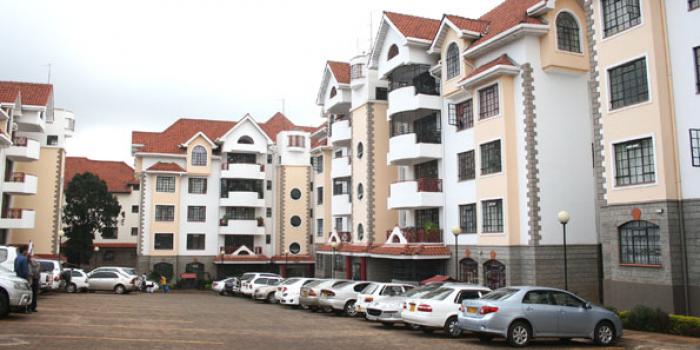Economic uncertainty resulting from political unrest is now being linked to slow business in Kenya’s property market in the third quarter of this year.
- Apartments, which account for the bulk of available units for sale (67.7%) and letting (62.8%) in Nairobi’s in city suburbs and satellite towns, lagged-behind standalone units in price appreciation during the period.
- Seven out of nine suburbs with apartments reported negative price movement, as did six out of nine satellite towns.
- Kileleshwa, Kilimani, Lavington, Muthangari, Riverside, Upperhill and Westlands reported negative price movement of 0.2%, 0.4%, 1.1%,1.1%,2.1%,1.4% and 1.5% respectively. Only Langata and Parklands reported positive growth of 0.4% and0.8% respectively.
According to third quarter Hass Consult Property Index, the rental prices in all the apartments in Nairobi suburbs had a positive price movement.
“The property rental market eased after a strong period of growth between October 2023 and June 2024, when monthly rental price growth averaged at 3 percent. The market aligned with prevailing tough economic conditions, characterized by protests in June and July,” Sakina Hassanali, Head of Development Consulting and Research at HassConsult, said.
Apartment price trends by town in Nairobi’s Satellite areas shows properties in Athi River, Kitengela, Mlolongo, Ngong, Ruaka and Thika had negative price movements apart from those in Kiambu, Ongata Rongai and Syokimau.
Protests that affected the country during the year in June and July saw cautious pricing in a period of uncertainty, dampening the market that was coming off a period of strong price growth in the last quarter of 2023 and first half of 2024.
Sales prices for all property in the Nairobi suburbs meanwhile remained unchanged at -0.9 percent in the quarter, while satellite towns witnessed a decline of 0.2 percent, compared to a growth of 2.1 percent in the second quarter.
“The apartment segment saw some price correction in the period due to increased supply of units, which now account for two thirds of all property available for sale in the market,” Hassanali added.
The price performance at the end of the quarter reflected the general slowdown in the real estate sector coming into the quarter.
Official government data shows that the construction sector GDP contracted by 2.9 percent in quarter two of 2024, compared to a growth of 2.7 percent in the corresponding period in 2023. With the reduction in inflation and expected fall in interest rates however, both the rental and sales segments are looking at prospects of recovery in coming months as consumer purchasing power improves.




